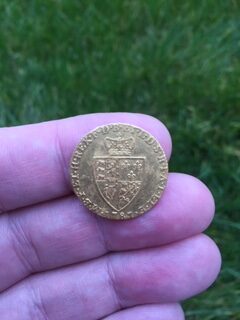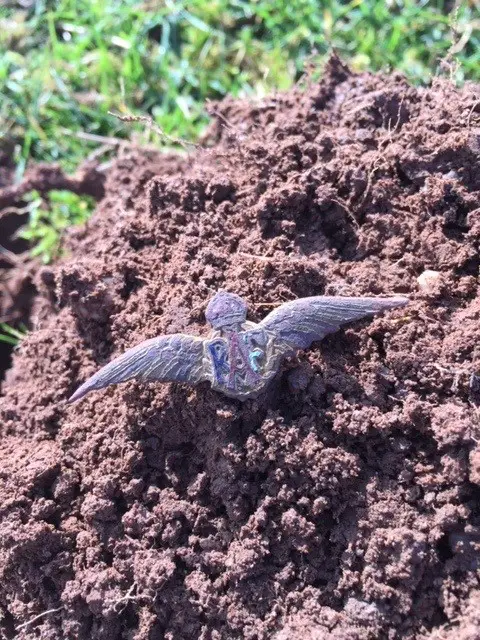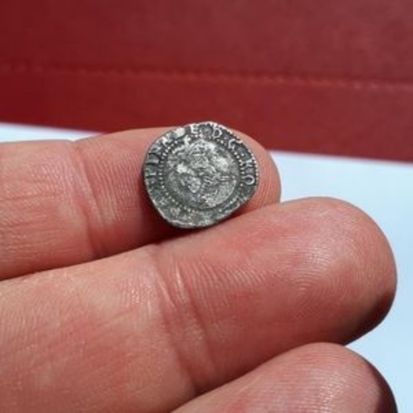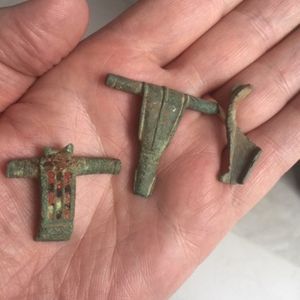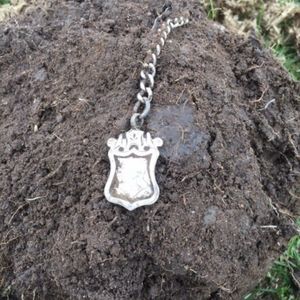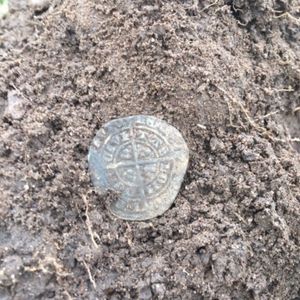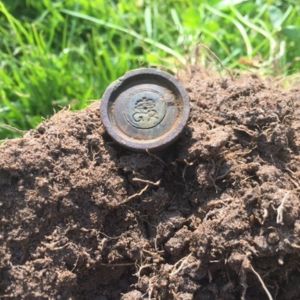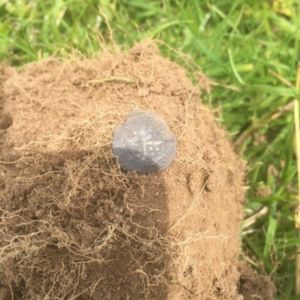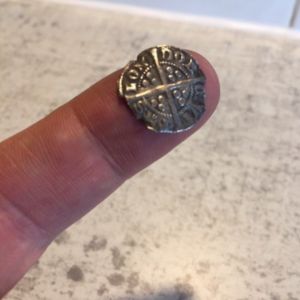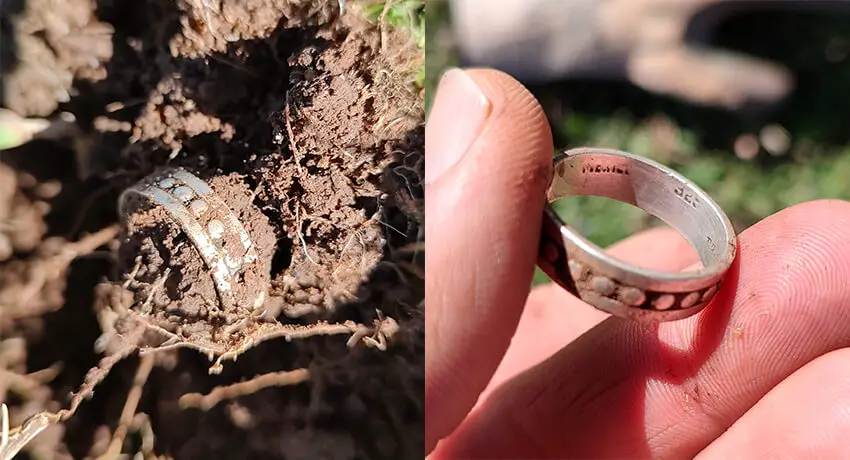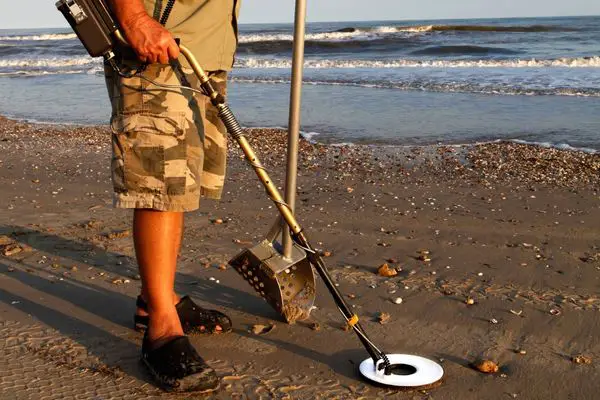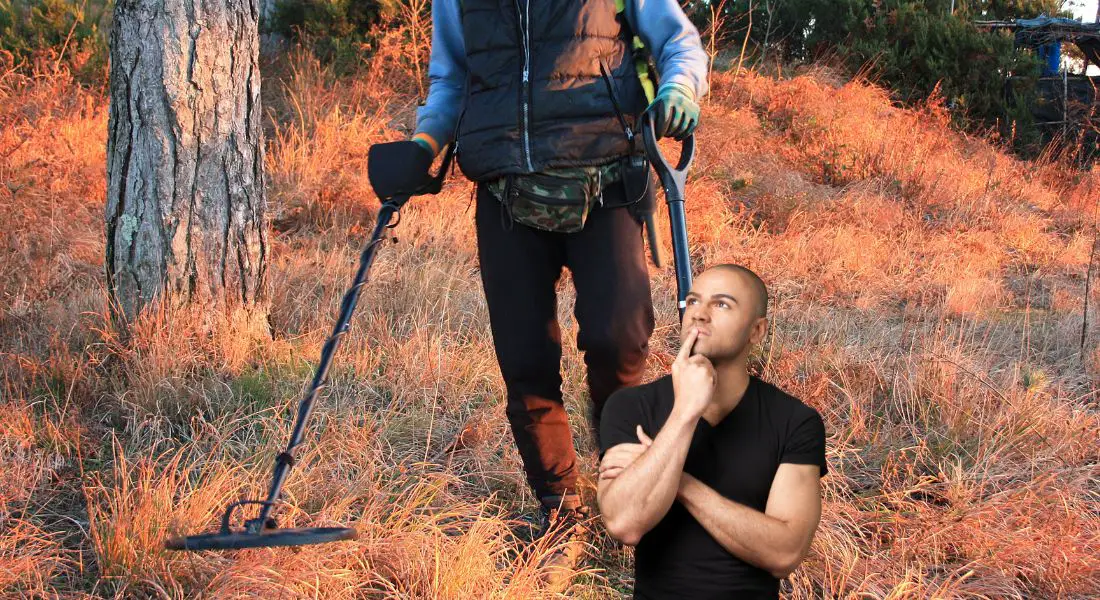Belt buckles
As a metal detectorist, I’m always excited to hear that distinctive tone indicating a possible buried treasure.
While the most thrilling finds are usually old coins or jewellery, some of my favourite artifacts to uncover are belt, shoe and clothing buckles from past eras.
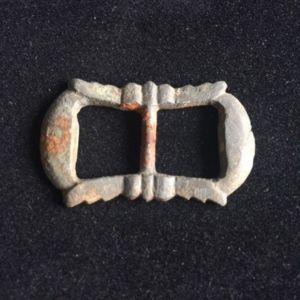
Though these can be quite small, these overlooked items can provide a tangible connection to the history of fashion and daily life from ancient times through to the Middle Ages.
In this article, we’ll explore how buckles changed through the centuries and what we can learn from these artifacts.
With some basic knowledge, you can roughly date a buckle and understand its place in history.
When you discover one while metal detecting, it’s like reaching across time to shake hands with the person who wore it so long ago! I never get disappointed discovering nice buckles.
Read my further article on Metal detecting for beginners – Where to start!…..here.
Types of belt buckles
Boot buckles
Buckles have been used since ancient history to securely fasten clothing and accessories. Some of the earliest examples from Greek and Roman eras were simple iron or bronze loops that hooked onto pins or toggles.
These primitive buckles were often plain and served a purely functional purpose. As civilisations advanced, decorative buckles became status symbols.
More ornate bronze, silver and gold buckles have been found buried in high status tombs. The metal and embellishments indicated wealth and importance.
Functionality however was still a priority in ancient buckle design. Many lower status buckles were often elevated with clever design and workmanship.
Shoe buckles
Medieval buckle fashions
During the Middle Ages, European clothing fashion evolved along with culture. Simple robes gave way to tailored garments, shoes became pointed and hemlines rose and fell.

Belt and shoe buckles also transformed from basic functional items to fashion statements.
In the Early Middle Ages from around 500-1000 AD, buckles reflected the ornate styles of migrating peoples like the Franks, Goths and Vikings.
Intricate patterns borrowed from Germanic animal art and Celtic interlacing showed up in metalwork.
Popular materials included gilt bronze, silver, and iron. Later medieval buckles from the 11th-15th centuries took the decorative effect even further.
Under the extravagant Gothic era, clothing was ornately embellished. Buckles copied the elaborate window tracery and motifs seen in architecture.
Engraved designs depicted religious symbols, flowers, letters and heraldic crests. Though still functional, buckles were now exhibition pieces as well.
Medieval shoe buckles in particular could be quite dazzling. Some 14th century “mules” had extra fabric extended over the top of the foot, perfect for showing off fancy buckles when lifted.
Sumptuary laws restricted embellished shoes to nobility since they denoted status. Rules about which classes could wear which buckle styles and materials further enforced societal divisions.
Unusal belt buckles UK
Vintage belt buckles
Beyond the overall design, details can hint at a buckle’s age and origin. One dating clue is the pin. A simple rod indicates early Medieval style while a folding “double loop” pin reflects later Gothic influence.
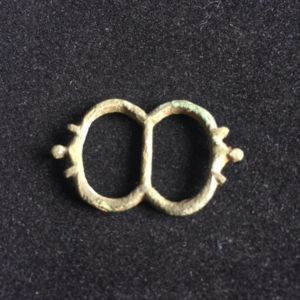
Marks or stamps on the metal also help date it. Craftsmen began signing buckles by the 13th century, so maker’s marks can sometimes pinpoint location and time.
Materials also signify a buckle’s history. Iron was common for early and utilitarian buckles.
Bronze indicated Roman influence. Silver and gilt show luxury status in later medieval times.
Composite metals suggest advanced smelting skills. Stones or gems demonstrate wealth. Copper alloy creates a distinct greenish tint when oxidized by soil.
The method of manufacture is another hint. Cut-steel buckles with molten steel pressed into moulds emerged in the 18th century. Earlier pieces were hand cast or hammered into shape.
Engraving styles can also match periods. Heavily ornamented suggests more recent Gothic style while geometric lines reflect Renaissance classicism.
17th Century shoe buckles
18th Century shoe buckles
By the Renaissance era starting around the 15th century, clothing fashion shifted to emphasize symmetry, geometry and classical Greek and Roman ideals.
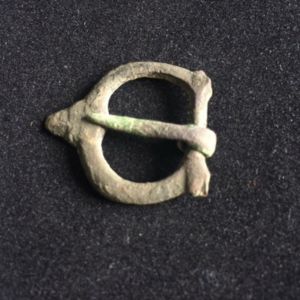
Buckles became more streamlined and elegant. Popular motifs included flowers, acorns, arrows and lively putti figures.
The “tongue” of the buckle evolved to match the new simple, flat shoe styles.
Buckle designs continued changing with the fashion aesthetic into the 19th and 20th centuries.
It was their demise however, not their decorative evolution that defined buckles in modern times.
As clothes adopted buttons and other fasteners, traditional buckles fell out of everyday use. As with most fashions, they come and go with sometimes having a resurgence.
Buckles seem to be making a comeback!
Old buckles – Buried at Your Feet!
There’s an incredible feeling when your detector signals an intriguing find. As you gently free it from the soil, you’re touching an object last held centuries before, perhaps by a Roman soldier, medieval knight, or Renaissance lady.

Belt and shoe buckles offer a personal connection across the ages.
I often think that the people who lost these are “Dandy’s” with floppy cuffs and velvet jackets riding horses waving handkerchiefs!
With a basic understanding of materials and designs, even small buckle fragments can provide insights into craftsmanship, culture, and fashion throughout history.
So grab your metal detector and head out to uncover the past! You never know what historical treasures lie buried right underfoot.
Those faint, scratchy signals could very well lead you to a buckle linking directly to ancient or medieval times. Read my article on finding the best metal detector for beginners here.
Old buckles – Final thoughts
We’ve touched on the captivating history behind ancient and medieval belt and shoe buckles unearthed by metal detecting hobbyists. Buckles however are only one of many fascinating artifacts that can be discovered with the help of a good quality metal detector.
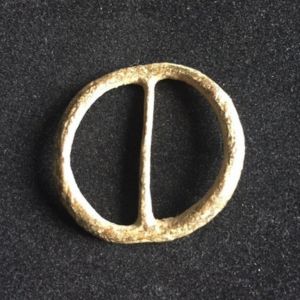
Coins, jewellery, tools, weapons and other relics from past eras also frequently turn up.
Metal detecting makes history tangible as it reveals these traces of old civilizations and cultures buried just under our feet.
Beyond buckles, detectors can uncover Roman, Celtic and Saxon coins, medieval pilgrim badges, military buttons and lead tokens to name only few.
For anyone with a sense of curiosity and adventure, metal detecting offers an exciting way to literally dig into history and connect with the people of the past through the objects they left behind.
Why not explore the website and see if metal detecting could be your next hobby!

Unbeatable Multi Frequency!
You can now get the ultimate power of multi frequency technology over single frequency detectors with the Minelab Vanquish range of detectors.
The entry level Vanquish 340 now gives you ultimate depth, stability and sensitivity on all target types in every soil, including wet beach sand.



